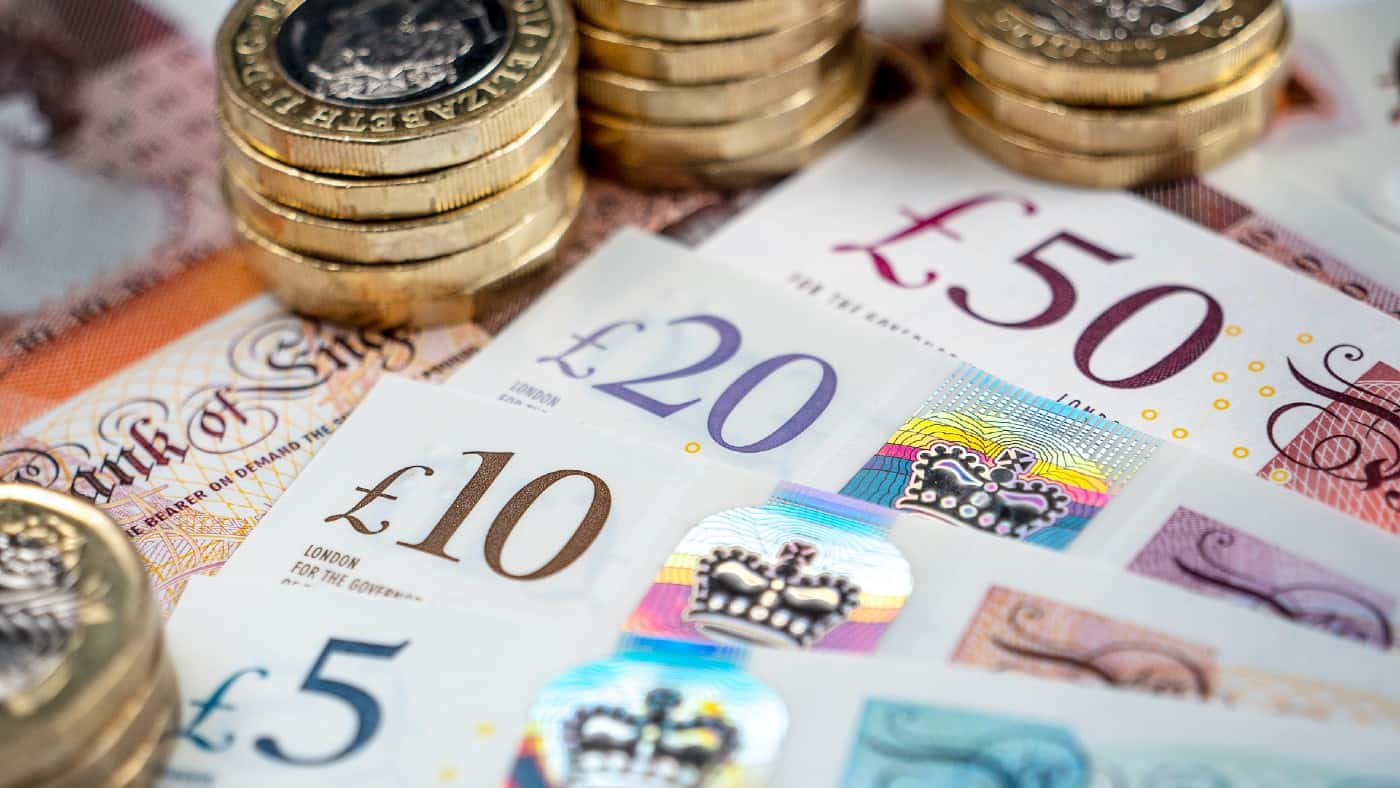Image source: Getty Images
Some passive income ideas are simpler than others – a lot simpler.
For example, my own approach is buying blue-chip shares in proven business I hope can pay me regular dividends for years or even decades to come without me lifting a finger.
I like the fact that I benefit financially from large-scale businesses that have already proven they can make money.
But what if I earn some passive income only then to have to hand a big chunk of it back to the taxman? To avoid that, I use a Stocks and Shares ISA.
Even in an ISA, though, fees and costs can eat into dividend income. So I think it makes sense for each investor to make their own choice about what ISA might best suit their individual situation.
Please note that tax treatment depends on the individual circumstances of each client and may be subject to change in future. The content in this article is provided for information purposes only. It is not intended to be, neither does it constitute, any form of tax advice. Readers are responsible for carrying out their own due diligence and for obtaining professional advice before making any investment decisions.
Determining the size of dividend income
There are three factors at play when determining how much passive income someone can expect to receive from shares they own.
First is how much someone invests. In this example, that is £20k.
Secondly comes the average dividend yield earned on a portfolio. That is the annual dividends as a percentage of what is invested. So, for example, £500 per year equates to a yield of 2.5% on £20k. That strikes me as easily achievable and is in fact well below the average yield of FTSE 100 shares right now.
By contrast, £5,000 would mean a yield of 25%. Not only is that far higher than any FTSE 100 share offers, it is so high I see it as a red flag. If a share offers a 25% yield (and some occasionally do), it often suggests that the market is expecting a dividend cut.
But there is a third factor at play – how long an investor holds the shares.
If an investor reinvests dividends initially (a simple but powerful financial technique known as compounding), the long-term yield could be higher than the current one.
For example, compounding a £20k ISA at 7% annually, after 19 years it ought to be producing over £5,000 per year in passive income.
Yes, that is a long time to wait. But this is a serious long-term investing approach, not some ridiculous get rich quick scheme.
Finding shares to buy
The good news is that I think today’s market offers opportunities realistically to target a 7% average annual yield while sticking to blue-chip FTSE 100 shares.
Investing in multiple different shares reduces the risk if one disappoints, for example, by reducing its dividend.
One dividend share I think investors should consider is M&G (LSE: MNG).
M&G’s yield stands at 10%. It aims to maintain or grow its dividend each year. That is not guaranteed to happen in practice, but the asset manager has increased its dividend per share annually in recent years.
With a large target market, millions of clients spread across multiple markets, a strong brand, and deep industry experience, I think M&G could well keep delivering the goods.
One risk is clients pulling out more funds than they put in. That happened in the core business in the first half of last year and is a risk I am keeping an eye on.
Meanwhile, as an M&G shareholder myself, I remain attracted by the passive income prospects.
Credit: Source link




![Just released: February’s lower-risk, high-yield stock recommendation [PREMIUM PICKS]](https://www.fool.co.uk/wp-content/uploads/2023/05/Ice-1200x675.jpg)









